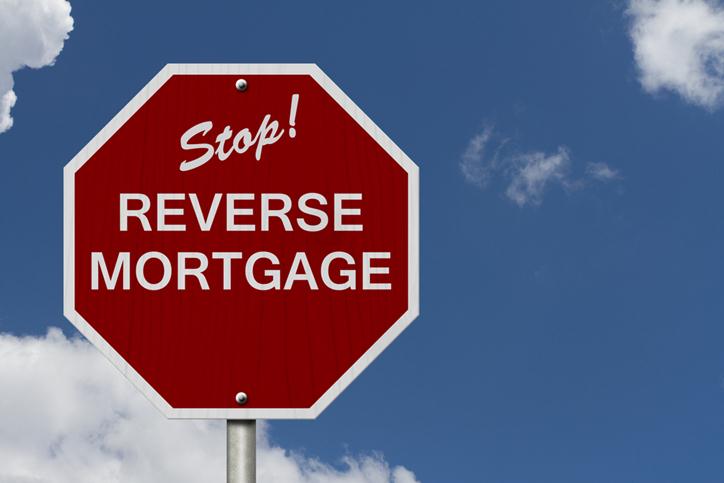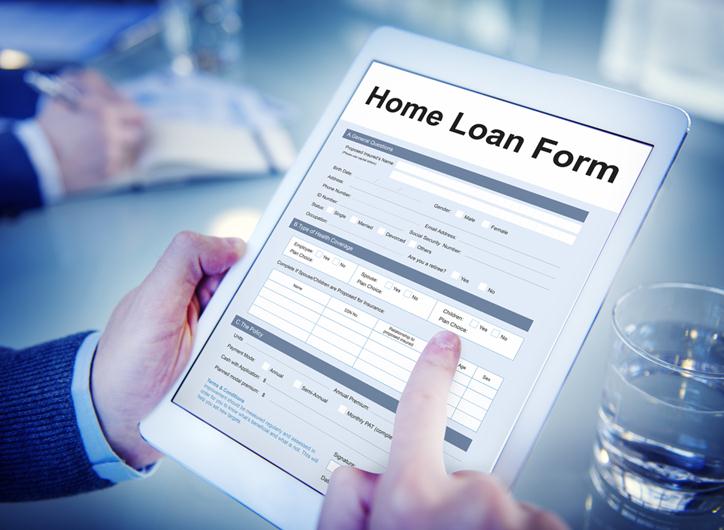The U.S. Department of Veterans Affairs provides active members of the military, veterans, and surviving spouses with VA loans that can help with a variety of housing matters. VA loans can be used for purchasing a home, building a new one, repairing and maintaining your current home, or updating your home to meet your own specific needs.
Let’s explore the process of buying a home with a VA loan in detail to ensure that you understand the steps and limitations of VA loans.
Advantages
VA loans are appealing for buying your first-time home because they are widely available due to their guaranteed status, there is no required down payment, and the small number of fees that can be applied to your loan.
Eligible Homes
Not all types of homes or property purchases are eligible for VA loans. While the specifics can get quite detailed, here is a brief overview of what types of homes are eligible for VA loans:
Condominiums or Townhouses
Manufactured Homes
Modular Homes
New Homes
As far as restrictions go, it’s important to note that not all these homes will be eligible for VA loans. Many of these types of properties require VA inspections and approval before they can officially be rated as eligible. Vacant land and co-ops are the two major types of property that VA loans will not cover.
VA Loan Process
While the home buying process with a VA loan is similar to that of using a standard mortgage available from most banks, there are a number of additional steps specific to VA loans. These can affect everything from the type of home you can purchase to the type of purchase agreement you agree to.
Here are the steps to purchasing a home with a VA loan:
Loan Eligibility
Your length of service, duty status, and service commitment may determine your VA loan eligibility. For current active duty members, this requires that you be on active duty for a minimum of 90 continuous days.
Finding a Lender
You will need to locate a lender that participates in the VA lending program. This is a good time to get prequalified and determine how much the institution will be willing to lend you. Shop around for the best rates.
Obtaining a COE
Having a certificate of eligibility (COE) is a requirement to obtain a VA loan. You must file a DD Form 214, submit your annual retirement points statement, file NGB Form 22 or 23, or acquire a COE from a commanding unit or higher as proof to obtain your COE. If you are a surviving spouse, then you must submit VA form 21-534, DD214 (if it applies to you), your marriage license, and a death certificate or DD Form 1300.
Signing a Purchase Agreement
You will need to find a home and to sign a purchase agreement on it. During this step, it’s vital that you obtain an agreement with a “VA Option Clause” to ensure that it qualifies for the VA loan. You should also seek to have an escape clause in the event that you cannot obtain a VA loan on the property.
Applying for your VA Loan
Your lender should help you apply for your VA loan and acquire the appropriate documents to do so. It’s important to note that most areas have a VA loan limit of $417,000, but areas, where real estate is more expensive, tend to have higher limits.
Loan Processing
The lender will order a VA appraisal before beginning to process your credit and income information. The VA appraisal will ensure that your home has a fair market value, which means that it is not a home inspection or a guarantee of the condition of the residence.
Closing on the Agreement
The last step is to have the lender choose the appropriate legal counsel to conduct the closing. This will ensure that the property can be transferred without any problems.
Featured Image: depositphoto/Rawpixel




